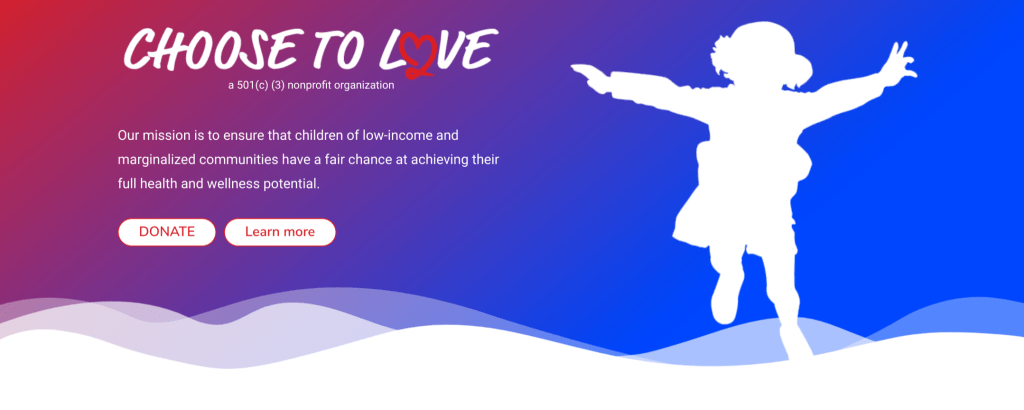 Best Practices
Best Practices
North Texas Giving Day 2020
Today is North Texas Giving Day – an 18-hour long fundraising push for nonprofits in the North Texas area. Over 3300 different nonprofits have registered with the organization to receive donations through this event and their website. You can search by county, city, cause area, demographics served, organization size, and more.
Visit NorthTexasGivingDay.org to search and pledge donations directly to the causes that resonate the most with you. Especially during the pandemic, a lot of nonprofits have seen an increased need. Unfortunately, that has coincided with a decrease in their typical revenue streams. This virtual event is a great way to revitalize organizations. Your dollars go directly to those doing the most impactful work on the ground in your community.


















